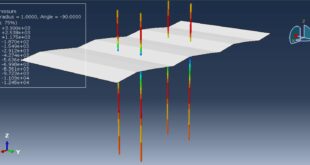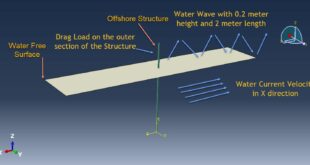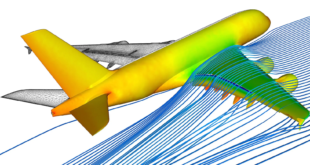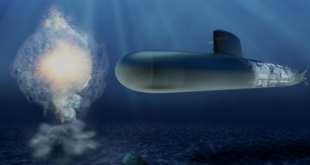In this tutorial Simulation Cols Spray process in Abaqus by using ALE method has been investigated. In Cold Spray, powder particles (typically 10 to 40 µm) are accelerated to very high velocities (200 to 1200 m.s-1) by a supersonic compressed gas jet at temperatures below their melting point. Upon impact with the substrate, the particles experience extreme and rapid plastic deformation which disrupts the thin surface oxide films that are present on all metals and alloys. This allows intimate conformal contact between the exposed metal surfaces under high local pressure, permitting bonding to occur and thick layers of deposited material to be built up rapidly. The deposition efficiency is very high, above 90% in some cases. Whilst thermal spray is widely used in many applications, it uses thermal energy to melt or soften the feed stock. This can cause thermal degradation and partial oxidation of the coating material which may be undesirable. For metallic materials that are very prone to oxidation, thermal spray needs to be conducted under protected atmosphere or a vacuum, introducing extra cost. The heat input of thermal spray processes introduces residual stress into the coatings, which can limit the thicknesses that can be attained. Furthermore, the thermal balance has to be carefully managed through part cooling and gun manipulation to avoid excessive internal stresses and, in the case of thermally sensitive substrates, potential substrate degradation. With cold spray however, materials can be deposited without high thermal loads, producing coatings with low porosity and oxygen content.You can see a figure at below which shown process schematic
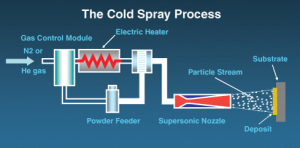
In this study particle is modeled as three dimensional with micrometer size and AL material which selected for particle and target. Dynamic Temp Explicit is appropriate for this type of analysis. During the analysis particle and target experienced a huge plastic deformation and the temperature has proper adoption with experimental data. You can see some figures of this simulation at below
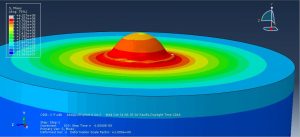
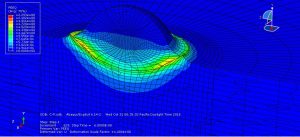
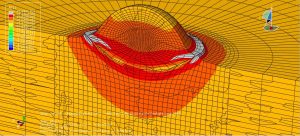
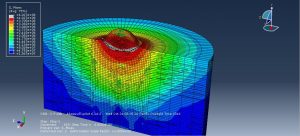
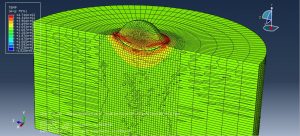
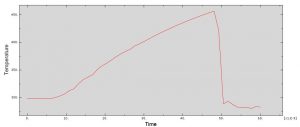
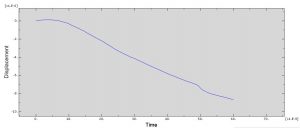
You can provide CAE ,INP,and English video files of this simulation here. The cost of these files is Twenty-Six Euros. you can click on the bellow bottom to beginning process
You can purchase the tutorial through a PayPal account, a Visa, or a Master card, just before payment,send me an email to this address: karampourp@gmail.com
 Abaqus tutorials Abaqus tutorials
Abaqus tutorials Abaqus tutorials
